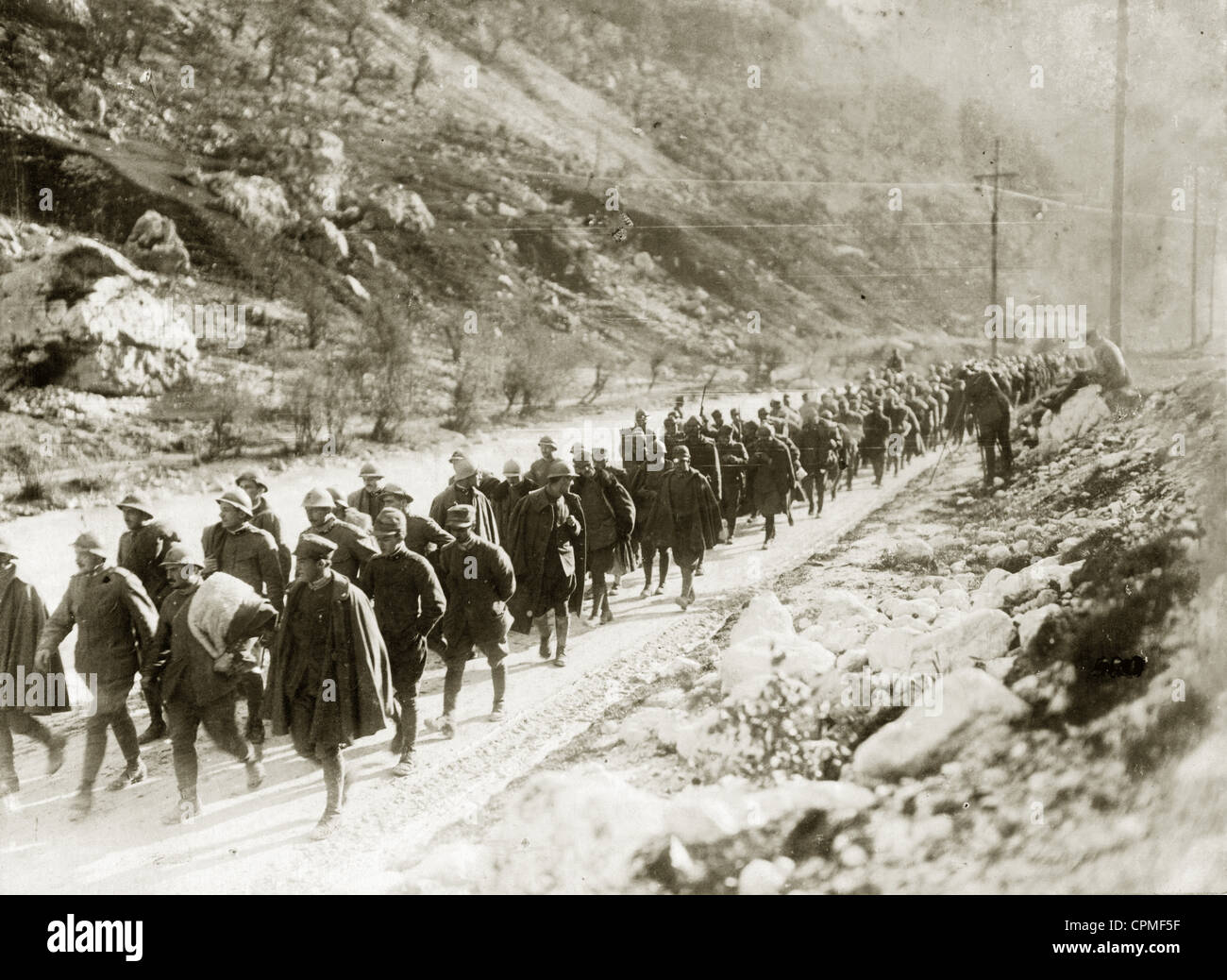


These keywords were added by machine and not by the authors. The Italian offensive began on June 23, sparking the First Battle of Isonzo. The Italian army was also suffering from a shortage of modern artillery, making a direct attack even more hazardous. Although Cadorna had a numerically superior force, massed infantry. The Isonzo River was prone to flooding, and the terrain difficulties surrounding it were extreme, with enemy fortifications dug in atop steep rocky slopes. Moreover, Austro-Hungarian troops in the Trentino salient were a permanent threat to the Italian rear. In the first two weeks of the Isonzo Offensive, the Italian Army lost 60,000 men. Thus, when Italy took the offensive she would have to fight her way forwards through Austro-Hungarian defences and, for most of the front, extensive mountain ranges.

Looking down on the north Italian plain, the Austro-Hungarian army dominated the Italian front, but with the exception of a May–June 1916 Strafexpedition (‘punishment expedition’) offensive from the Trentino (South Tyrol/Alto Adige) salient towards Padua (Padova), Austro-Hungarian forces remained on the defensive from May 1915 to September 1917, taking advantage of their fixed positions on the higher ground. Except for a short 32-kilometre (20-mile) section of front by the Adriatic coast, the 600-kilometre (380-mile) front line stretched across mountainous or very mountainous terrain. The mountainous nature of the Austro-Italian frontier determined the course of the war on the Italian front. The First Battle of the Isonzo was fought between the Armies of Italy and Austria-Hungary on the Italian Front in World War I, between 23 June and 7 July 1.


 0 kommentar(er)
0 kommentar(er)
